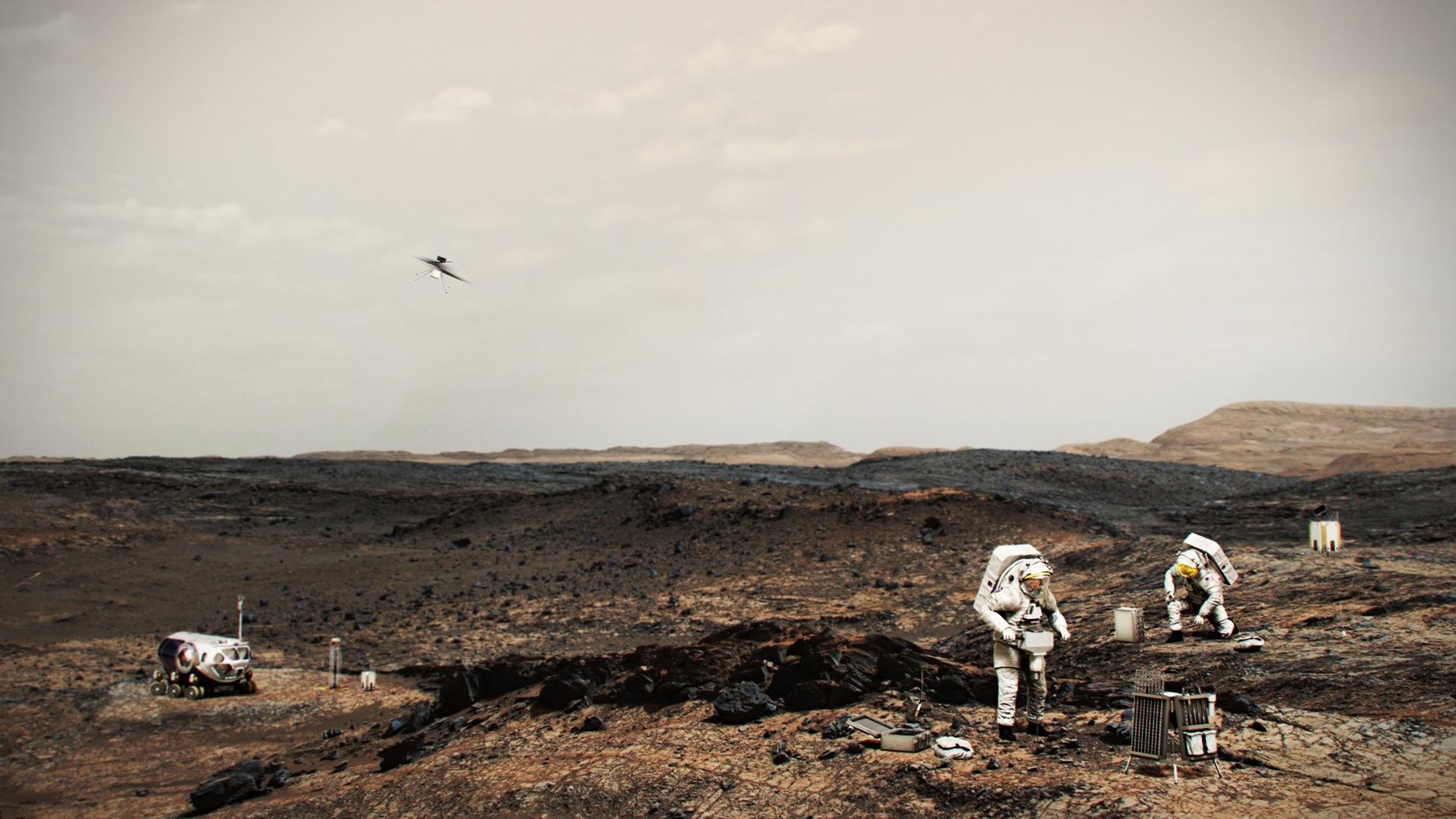CLEVELAND — Three months after rolling out the first phase of its architecture for human exploration of the moon and Mars, NASA is heading into a second phase that will focus on Mars.
NASA released its first architecture definition document in April for its overall “Moon to Mars” campaign of human exploration. That 150-page document linked more than 60 objectives previously established by NASA for long-term exploration with its plans for the initial series of Artemis lunar missions, the first of four segments for the overall architecture.
“We connected objectives to what we’re planning to do in our first four to five missions,” said Jim Free, NASA associate administrator for exploration systems development, during a panel discussion at the American Astronautical Society’s Glenn Memorial Symposium July 19. “From my perspective, having that for that segment and then the remaining three allows us to really show strategy to implementation.”
The agency is now preparing for the next round of the architecture concept review. Free said the agency recently completed a strategic analysis cycle for the next review, which will focus on the final segment, human missions to Mars. The review itself will take place in November.
NASA has also been collecting feedback on that initial document. That included one-on-one meetings with companies and international partners as well as two workshops in June, one for international partners and the other for companies and academia. “The input was phenomenal,” he said.
Some of the themes of the feedback included a desire to better understand priorities and where partners should invest to support the architecture. There was also feedback on the architecture development process itself that will be folded into the next round.
“There are some parts of the architecture definition document that will be updated based on what we heard,” he said, but did not offer any specifics on those changes.
Free said he believed the architecture would support the agency’s goal of having a robust approach to human space exploration that can withstand fiscal and political changes. “From my perspective, we set this process in place that, as it was intended, was supposed to survive administrations,” he said, offering options for future administrations. “It’s not about do you want to do it, it’s how much do you want to do?”
The architecture can serve as an advocacy tool, he argued. “It also helps us explain what won’t get done when a budget cut comes,” he said, allowing supporters of those elements to then step up and explain why those missing elements are important.
“My perspective is that we have to deliver. That’s how we keep our advocacy strong,” he added. “We have to deliver programs on time and on budget. That’s really hard.”
